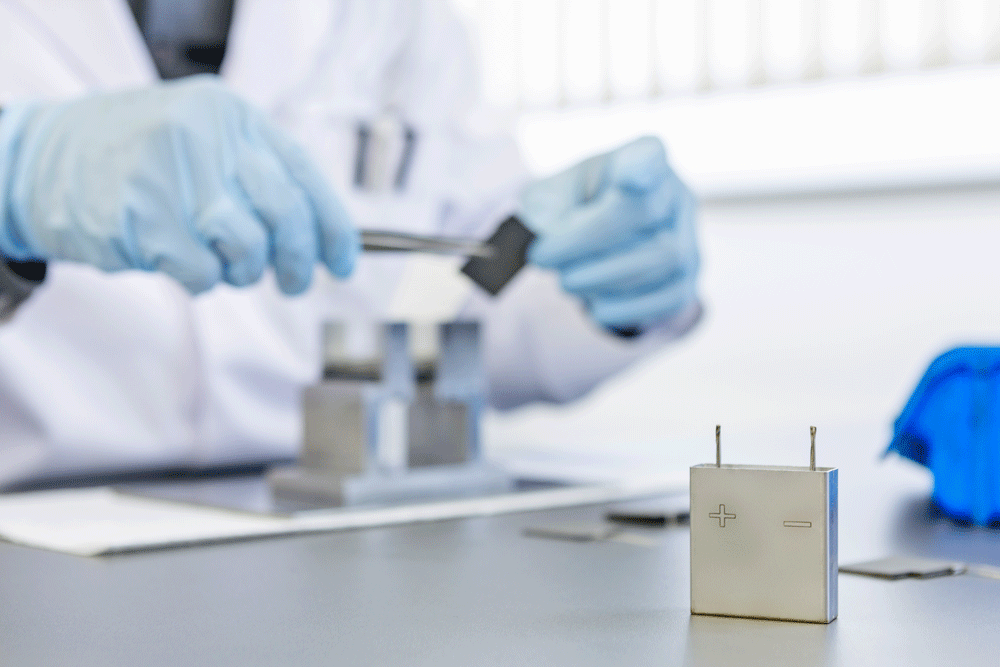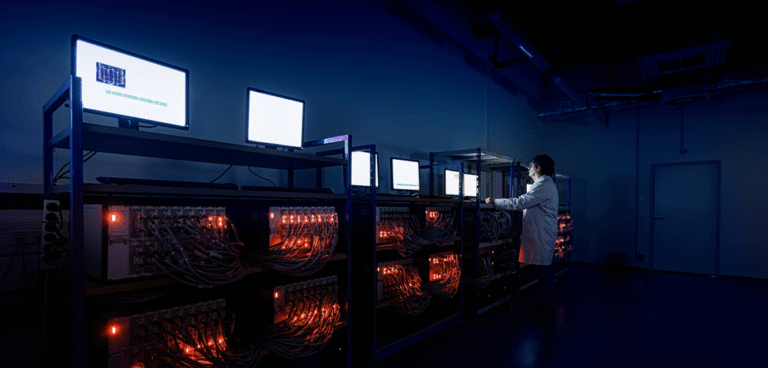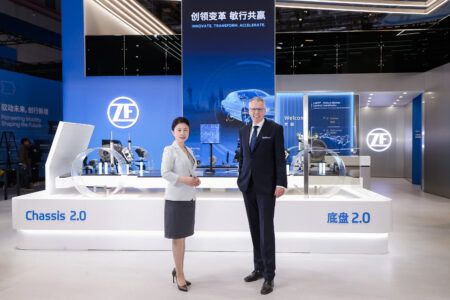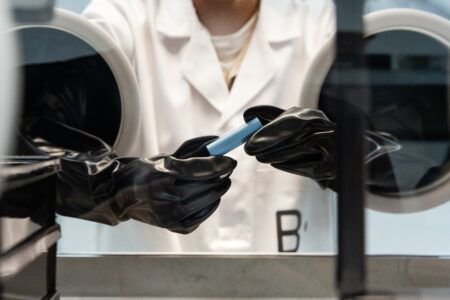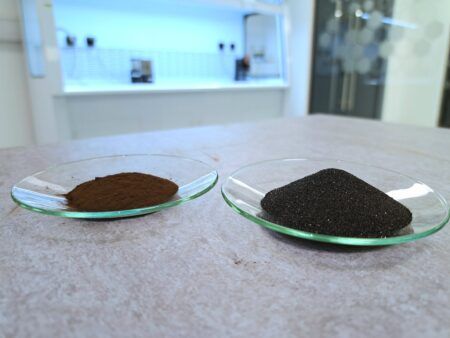Rechargeable inorganic battery technology leader Innolith has revealed it is developing the world’s first 1,000Wh/kg rechargeable battery.
Under development in the company’s German laboratory, the new Innolith Energy Battery will be capable of powering an electric vehicle (EV) for more than 1,000km (621 miles) on a single charge. The high energy density will also radically reduce costs, as will the lack of exotic and expensive materials.
In addition to its range and cost advantages, the Innolith Energy Battery will be the first non-flammable lithium-based battery for use in EVs. The Innolith battery uses a non-flammable inorganic electrolyte, unlike conventional EV batteries that use a flammable organic electrolyte. The switch to non-flammable batteries also removes the primary cause of battery fires, according to Innolith.
“The EV revolution is currently stymied by the limitations of available batteries,” said Sergey Buchin, CEO of Innolith. “Consumers want an adequate range on a single charge in an affordable EV and confidence that it is not going to catch fire. The Innolith Energy Battery is the breakthrough technology that potentially can deliver all these needs.”
Innolith will be bringing the Energy Battery to market via an initial pilot production in Germany followed by licensing partnerships with major battery and automotive companies. Development and commercialization of the Innolith Energy Battery is expected to take between three and five years.
The high energy density seen in each cell is the result of an innovative conversional approach in the chemistry involved. Conversion reaction materials offer a new and promising route to high-energy-density battery cells as they overcome the poor performance of traditional intercalation-based materials and enable batteries to reach cell-level energy content values that have never been possible before.
“This new breakthrough has been made possible by years of dedicated research into all aspects of inorganic electrolytes and their application to rechargeable batteries”, said Innolith chairman Alan Greenshields.
“Simply put, the experience gained in how to build high-power batteries with exceptional robustness and cycle life has proved to be the right basis for building high-energy products too. The absence of organic materials, crucial for stability of Innolith’s high-power product, removes the key source of safety risk and chemical instability of high-energy batteries. It all fell into place in 2018 from an R&D perspective, with several extraordinary breakthroughs.”
Innolith has patents pending for the key inventions of the Energy Battery and is also maintaining commercial confidentiality on the cell chemistry mechanism. Under all licensing agreements for the Energy Battery, Innolith will also retain control of all specialty chemical supply, to protect its intellectual property.
